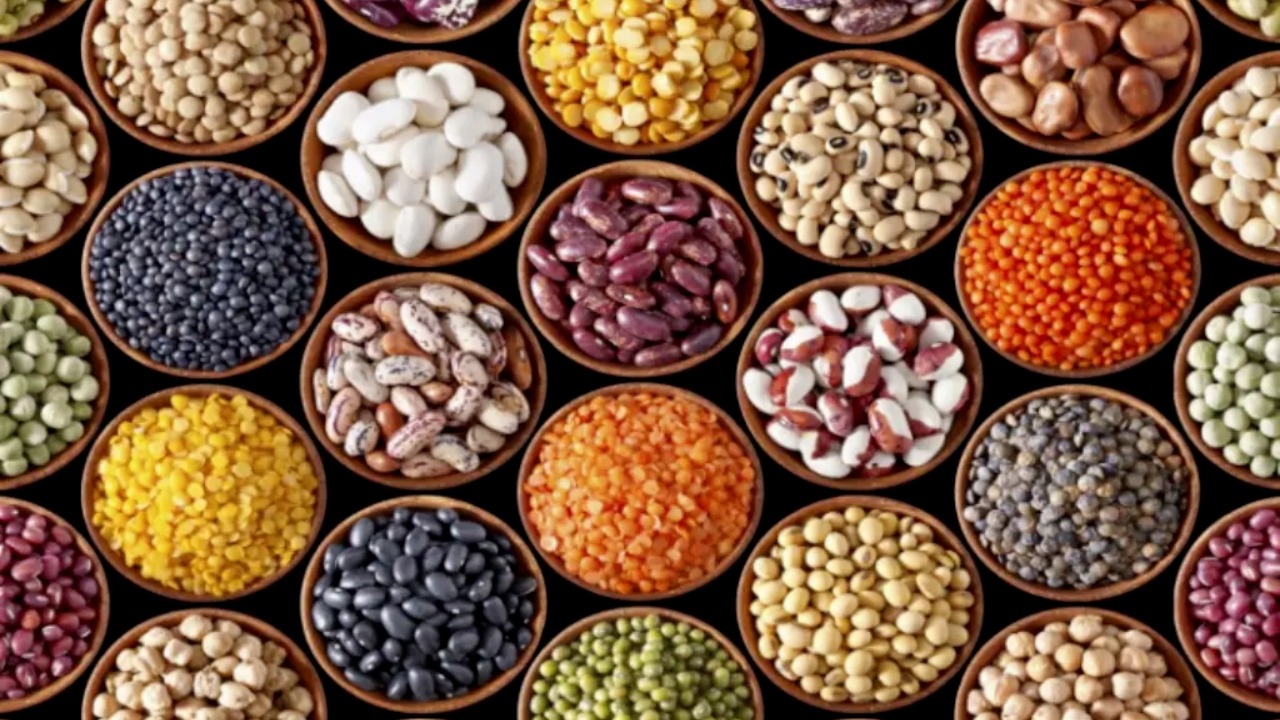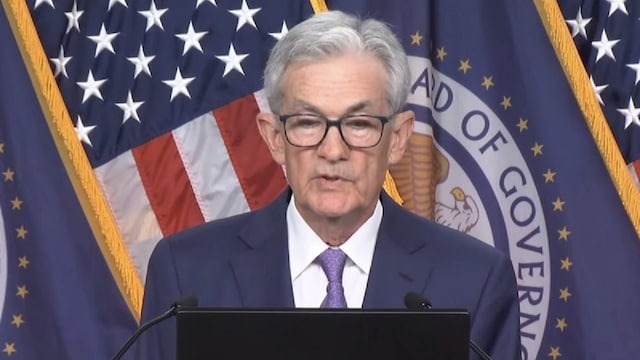
Pulse Production : If the current government policies of giving heavy subsidies on paddy continue, then India will have to import 80-100 lakh tonnes of pulses by the year 2030 to meet the domestic demand. Former Chairman of the Commission for Agricultural Costs and Prices (CACP) Ashok Gulati has said this. He said that farmers need to be encouraged to grow pulses, as pulses require less water than paddy and are also more nutritious. The country imported 47.38 lakh tonnes of pulses in the financial year 2023-24.
New incentives needed
Gulati, former chairman of the Commission for Agricultural Costs and Prices (CACP), emphasized on a 'crop-neutral incentive structure' to encourage farmers to grow pulses and oilseeds to make India self-reliant. Gulati said self-sufficiency in pulses can be achieved if policies are changed. Gulati said the current policies of the central and state governments favor paddy cultivation as there is a heavy subsidy on inputs such as electricity and fertilizers. He was addressing a press conference organized by the India Pulses and Grains Association (IPGA) on the sidelines of the 'India Pulses Seminar 2024'.
Subsidy should be given on pulses like rice
On this occasion, IPGA Chairman Bimal Kothari said that the production of pulses in the country has been around 240-250 lakh tons in the last 3-4 years, while imports increased to 47 lakh tons in the last financial year. He said that the demand for pulses is estimated to reach 400 lakh tons by the year 2030. He said that we estimate that there is a subsidy of Rs 39,000 per hectare for paddy cultivation in Punjab. This is being given by both the Center and the state in the form of subsidies on electricity and fertilizers. Gulati said that a similar subsidy should also be given for the cultivation of pulses and oilseeds.

 Desk
Desk Share
Share






